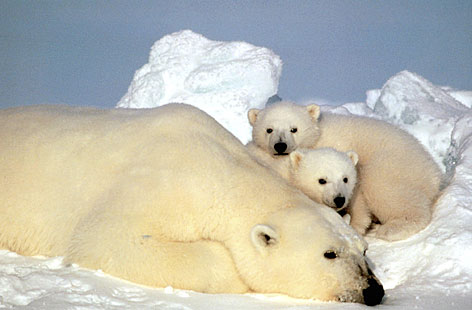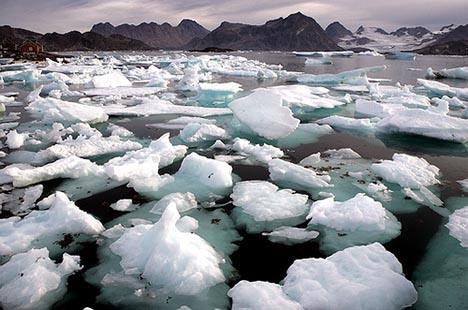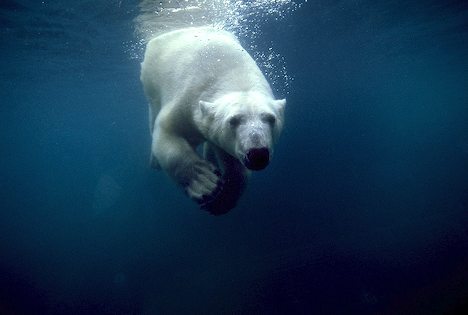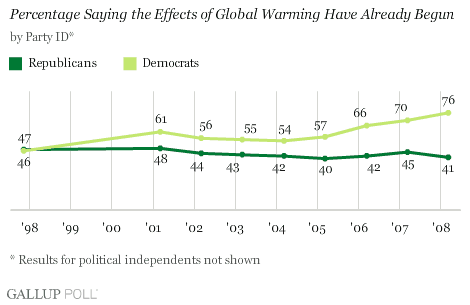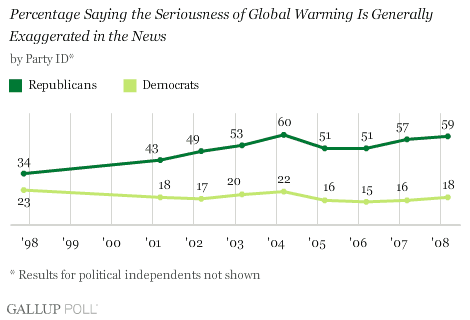What is Green Roof?
This is an amended version of “What is Green Roof?”
Nowadays urbanization becomes a worldwide phenomenon while cities become the centre of economic activities in countries. Despite the number of cities, the size of a city has a tendency to grow bigger, especially in developing countries with a huge number of populations.
“(Cities) and the nature tried to coexist….but it wasn’t that easy.”
(For those who have time, please click on the link above to enjoy an amazing video about environmental change on YouTube.)
With the growth of cities, trees and animals are disappearing from our daily lives because of the violation to the environment. In order to replace the losing green environment, somebody come up an idea to plant vegetation on top of the buildings. This environmental technology is called the Green Roof.
Research found out that roof Gardens had appeared since the beginning of the recorded time. They were mentioned in classical literature which gives evidence of the existence. (Roof gardens: history, design, and construction) Nowadays, the Green Roof can be applied to wherever funds, skills and opportunities have permitted. The idea of Green Roof is to cover the roof of a building with vegetation planted over a water-proof membrane with a design includes, as a minimum, a root repellent system, a drainage system, a filtering layer, a growing medium and plants. The diagram below shows the layers of a typical green roof.
There are 2 types of Green roofs – intensive and extensive. Intensive green roofs can support a variety of plants and growth but are more labour-intensive. They are more garden-like areas which may also be used as recreation space for public access. They support fairly large trees and water features and the planting medium depth is usually greater than the extensive one.
The extensive green roofs, in contrast, require less maintenance (about once a year) and are designed to be self-sustainable but have a low performance nature. It usually contains only one or two plant species which can maximize the thermal and hydrological performance. The planting medium depth range from 41mm to102mm (1.6-4inch). (Green Roof Specifications and Standards)
There are lots of benefits to have a roof garden by serving several purposes on the top of a building, such as absorbing rainwater during peak rates in storm, lengthen the roof life 2 to 3 times potentially and negate acid rain effect. It also acts as an insulator of heat so that the demand of winter heat decreased. A new habitat is made for wildlife while reducing the amount of CO2 and toxin in the atmosphere. As a result, there is a reduction in city “heat island” effect and low the urban temperature, therefore reduces summer air conditioning costs. As the figure below has shown, the building which has “greened” absorbs more heat than the one which do not. (Green Roof Specifications and Standards)
The main disadvantage of green roof is its high initial cost ($8 per square foot is a minimum amount which includes materials, work costs and installation whereas values around $12 to $24 per square foot are the most common, and may even cost more for the traditional built-up roofs). Some green roofs have ongoing maintenance cost and thus enterprises may not want to put it in practice. Nowadays, there’s about 10% have been “greened” in Germany. (wikipedia) Besides Europe, green roofs are very popular in countries like United States, Canada, and Australia etc.
To conclude, the Green Roof is one of the most important and evolutionary way to fight against climate change. With the great profits that had brought by exploiting the environment, we should pay for what we have done. The green plants may replace several features or function of the large reduction of forest. Government should be responsible to encourage its people to carry out this practice. In the most ideal case in the future, all buildings should be “greened” to reduce the effect of human to the nature, and therefore improve the living environment for the next generations.
In Toronto, there’s an Eco-Roof incentive Program promoted by the City of Toronto to fund the green roof projects for industrial, commercial and institutional buildings. For more information, please click this link.





